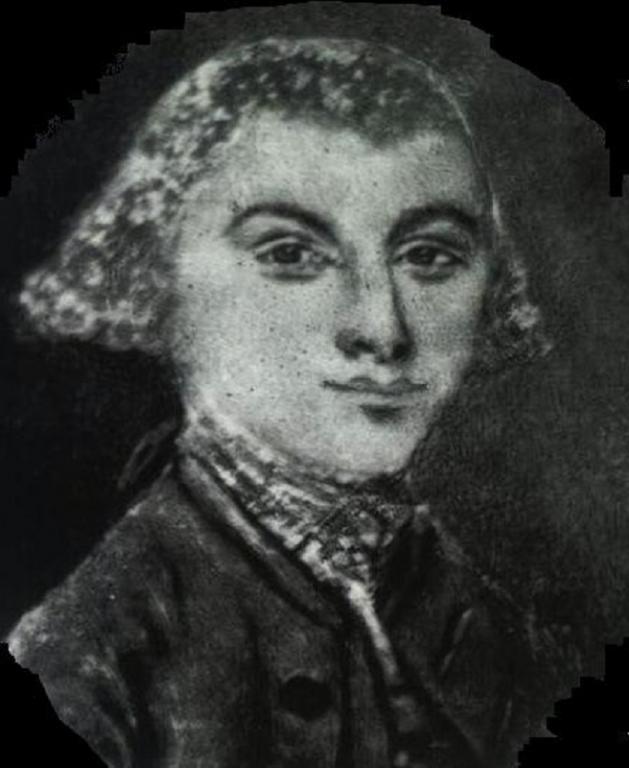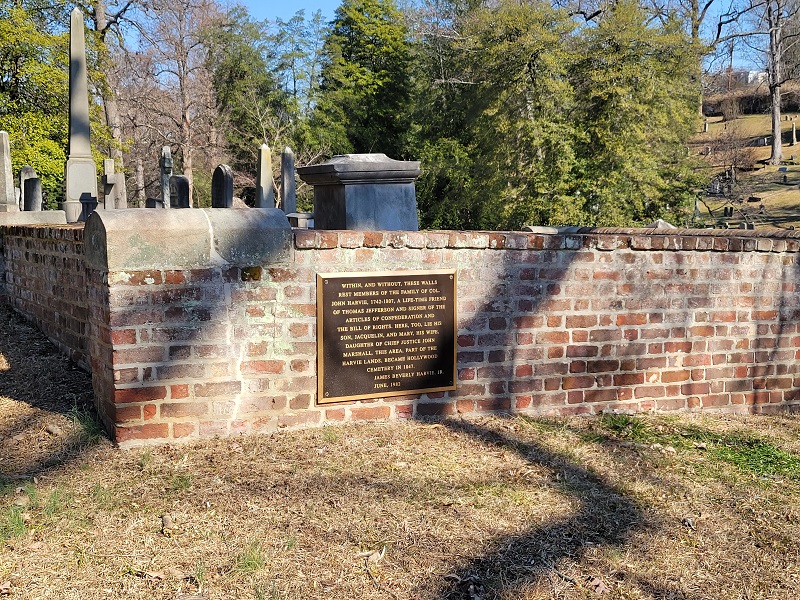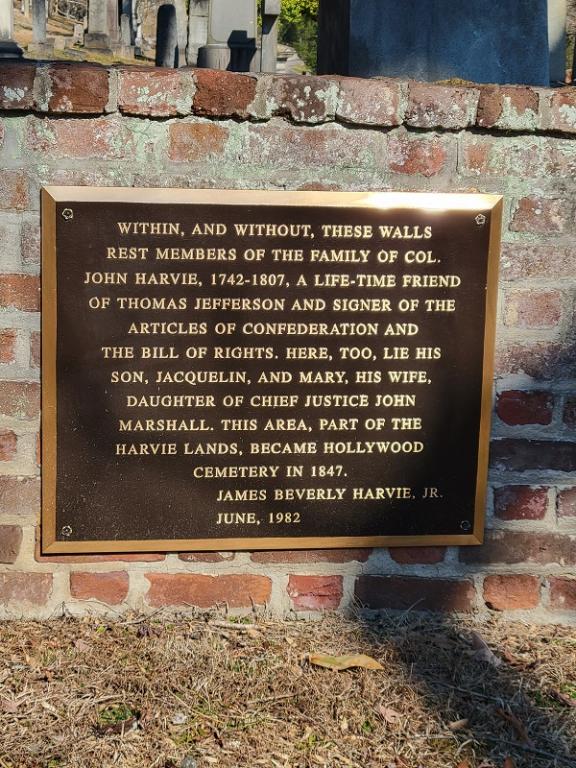John Augustine HARVIE
SAR Patriot #:
P-176858
The following information was assembled from numerous sources and cannot be used directly as proof of Qualifying Service or Lineage.
It is considered a research aid and is intended to assist in locating sources that can be used as proof.
State of Service: VA
Qualifying Service: Colonel / Patriotic Service
DAR #: A052114
Birth: 1742 / Albemarle / VA
Death: 06 Feb 1807 Richmond / Henrico / VA
Qualifying Service Description:
- Member Convention, member of Continental Congress
- Colonel
- Register of the land office
Additional References:
Biographical Directory of the United States Congress, 1774-2005, pg 1211
Spouse: Margaret Morton Jones
Children: Edwin; Juliana; Gabriella; Lewis; John; Jaquelin;
Members Who Share This Ancestor
| Date Approved | Society | ACN | SAR Member Info | Lineage via Child | View Application Detail | |
|---|---|---|---|---|---|---|
| 1967-12-15 | WV | Unassigned | Edwin Nelson Vinson (94720) | James | ||
| 2018-04-06 | WA | 78936 | William Michael Waring USAF (201440) | Edwin |
Burial:
Location:
Richmond / Richmond City / VA / USA
Find A Grave Cemetery #:
Grave Plot #:
Section D, Plot 3-5
Grave GPS Coordinates:
Find A Grave Memorial #:
Marker Type:
Brick Wall with Memorial Plaque
SAR Grave Dedication Date:
Comments:
Grave Photos and GPS provided by Craig Batten, George Washington Chapter, VASSAR
Directions to Cemetery / Gravesite:


